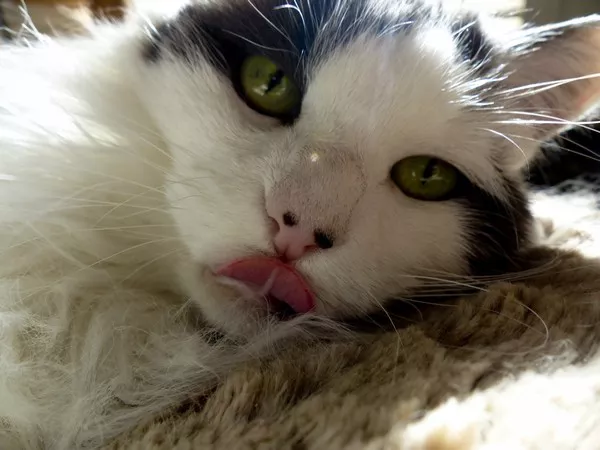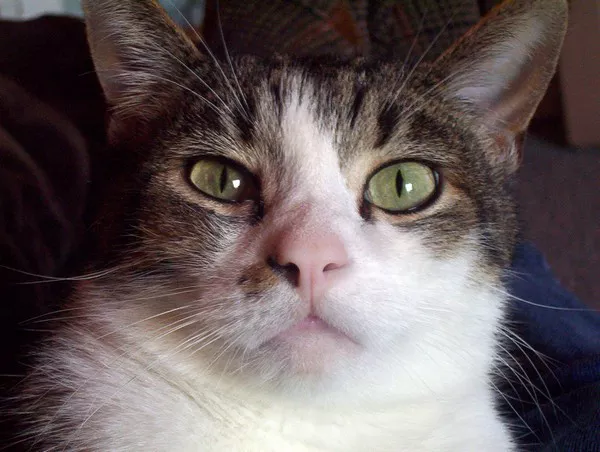Feline Leukemia Virus (FeLV) is a significant health concern for cats, potentially leading to severe health issues and shortened lifespans. As a responsible cat owner, understanding the costs associated with testing for FeLV is crucial for making informed decisions about your pet’s health. This comprehensive guide will explore the various aspects of FeLV testing, including the types of tests available, associated costs, factors influencing these costs, and the importance of testing for your cat’s well-being.
Understanding Feline Leukemia Virus (FeLV)
What is Feline Leukemia Virus?
Feline Leukemia Virus is a retrovirus that affects cats worldwide. It is one of the leading causes of disease and death in domestic cats. FeLV can compromise a cat’s immune system, making them more susceptible to infections and other diseases. The virus is primarily spread through saliva, urine, feces, and close contact with infected cats, making it essential for cat owners to be aware of their pet’s health status.
Symptoms of FeLV
Cats infected with FeLV may not show symptoms immediately, but over time, they can develop various health issues, including:
- Weight loss
- Poor coat condition
- Fever
- Anemia
- Lethargy
- Recurrent infections
- Mouth ulcers
Recognizing these symptoms early and getting your cat tested is vital for effective management and treatment.
The Importance of Testing for FeLV
Early Detection
Testing for FeLV is crucial for early detection, which can significantly improve the prognosis for infected cats. Early diagnosis allows for prompt medical intervention, helping to manage symptoms and improve the quality of life for affected cats.
Preventing Spread
Testing is also essential for preventing the spread of FeLV among cats, especially in multi-cat households or shelters. Identifying infected cats allows owners to take necessary precautions to keep other cats safe.
Peace of Mind
For cat owners, knowing their cat’s health status can provide peace of mind. Regular testing can help ensure that your cat remains healthy and allow for timely interventions if needed.
Types of FeLV Tests
ELISA Test (Enzyme-Linked Immunosorbent Assay)
The most common test for FeLV is the ELISA test, which detects the presence of the virus in the cat’s blood. This test is typically performed in veterinary clinics and provides quick results, often within a few hours.
Cost of ELISA Testing
Cost Range: The cost of an ELISA test for FeLV typically ranges from $25 to $50. Prices may vary based on the veterinary clinic’s location, the specific lab used, and whether additional tests are performed simultaneously.
IFA Test (Immunofluorescent Antibody Test)
The IFA test is another method used to diagnose FeLV. It detects the presence of the virus in the cat’s blood or bone marrow. This test is usually performed if the ELISA test is positive or if there is a strong suspicion of FeLV despite a negative ELISA test.
Cost of IFA Testing
Cost Range: The IFA test is generally more expensive than the ELISA test, costing between $50 and $100. This test may also require a referral to a specialized laboratory.
PCR Test (Polymerase Chain Reaction)
The PCR test is a more advanced testing method that detects the genetic material of the virus. This test is particularly useful for confirming FeLV in cases where the ELISA test results are inconclusive.
Cost of PCR Testing
Cost Range: The PCR test is the most expensive option, typically costing between $100 and $200. This test is usually reserved for specific cases and is not commonly performed as an initial screening.
Factors Influencing the Cost of FeLV Testing
Geographic Location
The cost of veterinary services, including FeLV testing, can vary significantly based on geographic location. Urban areas with a higher cost of living may have higher veterinary fees compared to rural areas. Additionally, the availability of veterinary clinics and laboratories can influence pricing.
Veterinary Clinic
Different veterinary clinics may charge varying fees for the same tests. Factors such as the clinic’s reputation, the experience of the veterinarians, and the services offered can affect pricing. It’s advisable to call multiple clinics to compare costs and services.
Additional Services
If you are taking your cat in for a routine check-up or if additional tests are performed alongside the FeLV test, the overall cost may increase. For example, a complete blood count (CBC) or other diagnostic tests may be recommended, adding to the total expense.
Insurance Coverage
If you have pet insurance, check your policy to see if it covers FeLV testing. Some insurance plans may reimburse you for part or all of the testing costs, significantly reducing your out-of-pocket expenses.
The Testing Process
Preparing for the Test
Before testing, it’s essential to prepare your cat and gather any necessary information for the veterinarian.
Schedule an Appointment: Make an appointment with your veterinarian for a health check-up and discuss your concerns about FeLV testing.
Fasting: In most cases, fasting is not required for FeLV testing. However, it’s best to follow your veterinarian’s instructions.
Gather Health History: Be prepared to provide your cat’s health history, including any previous illnesses, vaccinations, and exposure to other cats.
During the Test
The testing process is relatively straightforward:
Blood Sample Collection: A small blood sample will be taken from your cat, usually from a vein in the leg. This process is quick and typically causes minimal discomfort.
Waiting for Results: Depending on the type of test performed, results may be available within a few hours (ELISA) or may take longer if sent to an external laboratory (IFA or PCR).
After the Test
After the test, your veterinarian will discuss the results with you.
Positive Results: If your cat tests positive for FeLV, your veterinarian will recommend a treatment plan and discuss management strategies to maintain your cat’s quality of life.
Negative Results: If the test is negative, your veterinarian may recommend regular monitoring and preventive care to keep your cat healthy.
Managing the Costs of FeLV Testing
Budgeting for Testing
As a responsible pet owner, it’s important to budget for routine health checks, including FeLV testing. Here are some tips for managing these costs:
Regular Check-Ups: Schedule regular veterinary check-ups to monitor your cat’s health. Routine visits can help catch any issues early and may reduce the need for more expensive tests later.
Plan for Emergencies: Set aside funds for unexpected health issues, including testing for diseases like FeLV. Having an emergency fund can alleviate financial stress when your cat needs medical attention.
Consider Pet Insurance: Investing in pet insurance can help cover the costs of testing and treatment for various health conditions, including FeLV. Be sure to read the policy details to understand coverage limits and exclusions.
Utilizing Low-Cost Clinics
If cost is a significant concern, consider utilizing low-cost veterinary clinics or community resources that offer affordable testing services. Many animal shelters and nonprofit organizations provide low-cost health services, including FeLV testing.
Fundraising and Assistance Programs
Some organizations offer financial assistance for pet owners facing high veterinary costs. Research local animal welfare organizations or veterinary assistance programs that may help cover testing expenses.
Conclusion
Understanding the costs associated with testing for Feline Leukemia Virus is crucial for every cat owner. Testing is an essential part of responsible pet ownership, allowing for early detection and management of this serious disease.
The cost of FeLV testing can vary, typically ranging from $25 to $200, depending on the type of test, geographic location, and additional services. By being proactive about your cat’s health, budgeting for veterinary care, and exploring available resources, you can ensure that your feline companion receives the necessary testing and care.
In summary, regular testing for FeLV is a small price to pay for the peace of mind that comes with knowing your cat’s health status. By prioritizing your cat’s well-being, you can help them lead a happy and healthy life, free from the complications associated with FeLV.
Related topic:



























